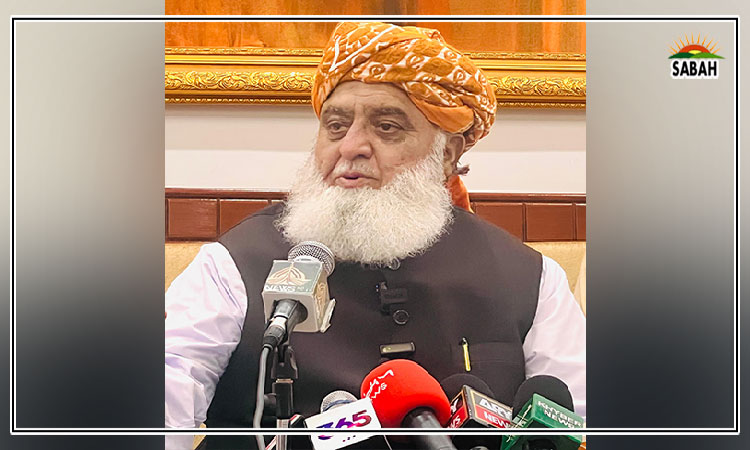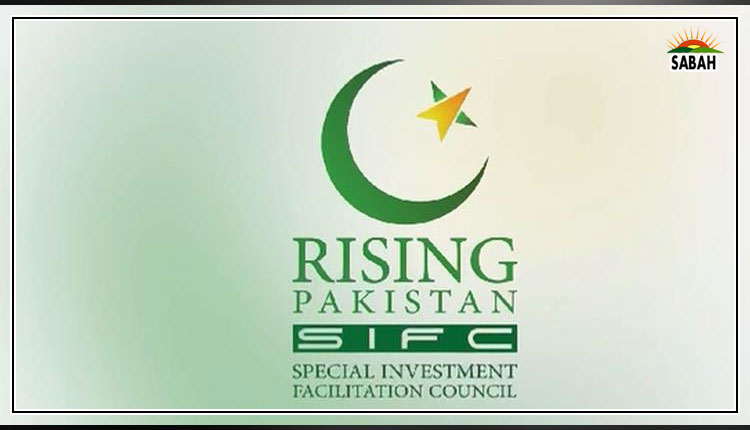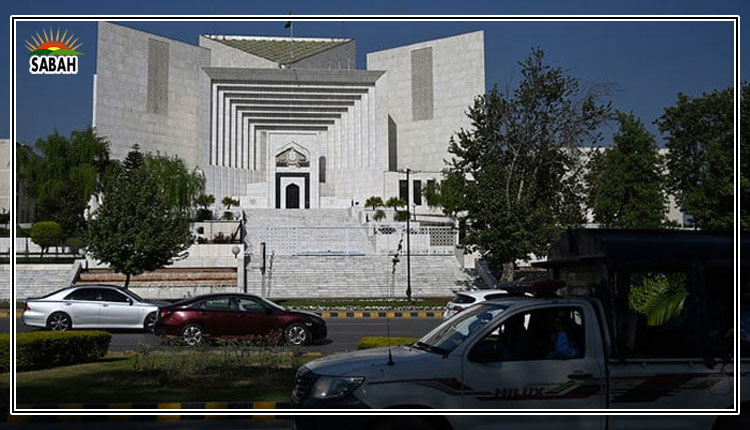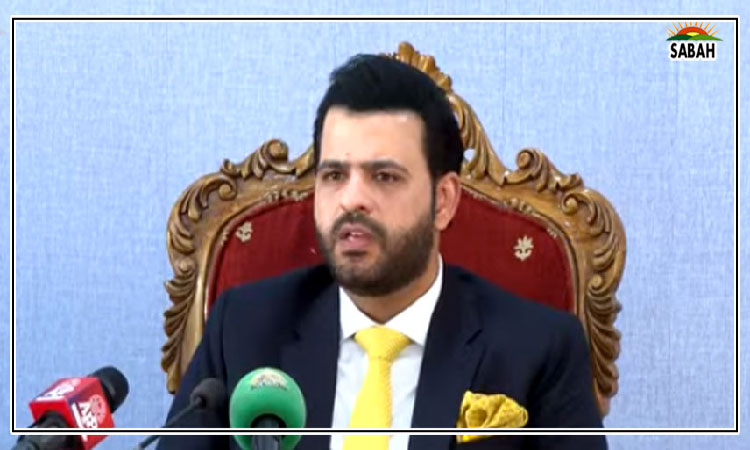Wilting in the wilderness…Ghazi Salahuddin
Oh, to be young. Poets, writers and philosophers have celebrated this magical phase in ones life. A young person, anywhere and in any surroundings, would personify hope and adventure.
But what does it mean to be young in Pakistan in the present times? This is the question I have frequently posed to any group of young people that I get the opportunity to interact with. That also means that I have taken up this subject on previous occasions. And I have to say it again that every encounter I have had with the young, particularly those who come from the supposedly educated middle class, has pushed me down in the dumps.
By way of a disclaimer, I must confess that I have been a proclaimed pessimist for many years and my disillusionment with the youth of Pakistan may have deepened because of my loss of hope in the future of this society. Anyhow, the propensity of the young to seek their future not in this but in some foreign country is increasing at such a pace that I find my pessimistic outlook resoundingly vindicated.
This, to be sure, is a general observation not deserving of specific and exclusive attention. However, I have noticed a number of news items this week that somehow relate to the young. I feel that it is important to probe their relevance to the evolving situation in this country. These are matters that would affect the lives of the young.
Where do I begin? The Election Commission of Pakistan (ECP) released, on Tuesday, the latest statistics that showed that more than 21 million voters have been added to the electoral rolls since the last general elections. There should be no surprise in this because the youth bulge is a reality, but the issue is whether the new young voters can have an impact on the countrys politics.
It is to be noted that the gender gap among voters has reduced with the addition of 11.74 million women voters compared to 9.28 million male voters. The overall gender gap, however, is still there. Given the low voter turnout in our elections, there is little expectation that the young voters will really make a difference.
When we talk about young voters, young women do not readily come to our mind. In a larger context, we see women on the campuses and in some workplaces. But we do not see them walking in the streets, breathing fresh air in open spaces and generally making their presence felt. Young women live a suppressed life, with consequences also in a moral sense. After all, the young have their passions and suppression is sure to bring up mental health issues.
Very briefly, I have to share my understanding of the young being largely removed from the realities of the national state of affairs. They have been depoliticized. Despite the wave that rose on social media, the impression that Imran Khan was able to mobilize the youth was not certified by the long marches and jail bharo stratagems. Besides, many supporters may have been disheartened after the setback suffered by the PTI.
Without interpreting its sociological allusions, I will mention the report that with the death of a wounded robbery victim in Karachi on Wednesday, the number of people killed by the street criminals during this yet unfinished year has reached 100. Consider the fact that this century was scored in only the city of Karachi and only in the arena of street crime.
I had read somewhere that when a society is destabilized, the young have three options: political activism, drugs and crime. There is very little evidence of the young raising the banner of a revolution, though inflation and unemployment and lack of social justice have apparently set the stage for this option. Crime, we can see, is rising. So is drug addiction.
A family we were friends with has emigrated solely because of their knowledge of how drugs are spreading in elite educational institutions, and they have a teenage son.
In passing, let me just refer to the state of education and how more and more evidence is emerging to show that the standards are constantly falling. Forget the truth of the dictum that the foundation of every state is the education of its youth. Sindhs caretaker chief minister was informed on Tuesday that the school dropout rate stood at 54 per cent in the province. In addition, more than 50 per cent of women are illiterate.
You may be aware of the scandal involving the use of illegal means, including sophistical technology, during the recent Medical and Dental Colleges Admission Test MDCAT. This was just an exalted version of the cheating that is openly prevalent in most examinations in the public sector education. We should know what happens when cheating in major exams continues year after year after year.
We have also been told, almost as a matter of routine, that a certain percentage of children under five are stunted because of lack of adequate nourishment. This was so a number of years ago. This is so now. This percentage has stayed around 40. Isnt this a scary thought that these stunted children, with also cognitive deficiencies, grow up? What do they do? Where do they go? It would be instructive to study the faces that constitute a mob in a bazaar. In an overpopulated country, their number is bound to be in the millions.
My lament is that the young who are technically well educated and visibly well fed also seem to be wandering in some kind of a wilderness. Exceptions aside, you may encounter the likes of them on any campus of a public university. By the way, the teachers of the University of Karachi began their boycott of classes from Friday.
The concerns they have may be genuine, but I wonder what nearly 40,000 students and hundreds of teachers will do when there are no classes. Will they find time to, say, read a book?
Courtesy The News












